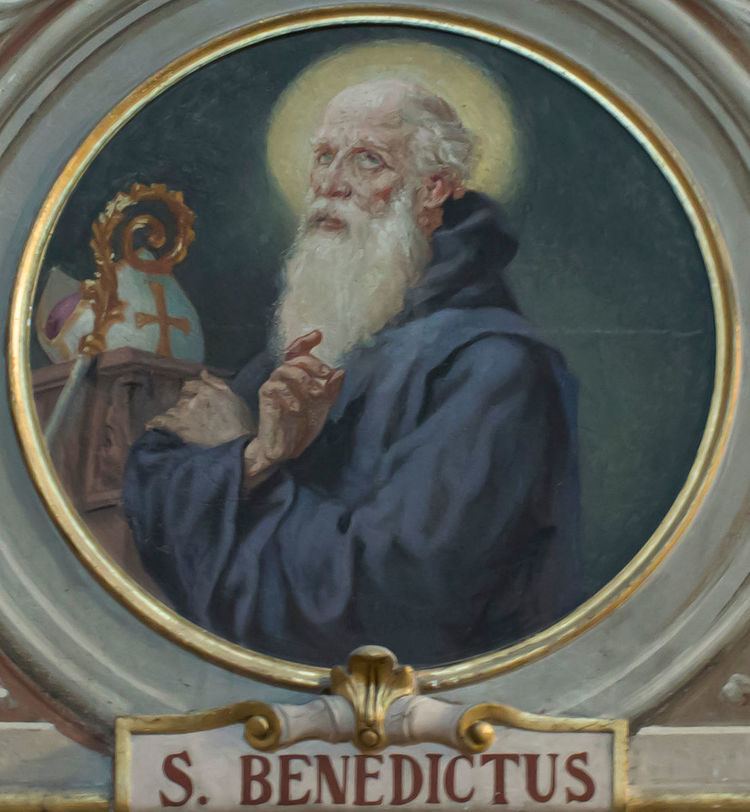Feast day March 11 Appointed c. 685 Role Saint Name Benedict Benedict | Term ended c. 732 Died 725 AD Successor Theodorus II | |
 | ||
Predecessor Mansuetus (bishop of Milan) | ||
Saint ambrose of milan according to benedict xvi
Benedict (Latin: Benedictus, Italian: Benedetto) was Archbishop of Milan from c. 685 to c. 732. He is honoured as a saint in the Catholic Church.
Contents
- Saint ambrose of milan according to benedict xvi
- Benedict xvi to the youth in milan have high ideals be saints
- Life
- References
Benedict xvi to the youth in milan have high ideals be saints
Life
Benedict was archbishop of Milan from c. 685 to c. 732. Among the few information about his life, it is known that he wrote the epitaph for Caedwalla, the king of Wessex who was buried in St. Peter's Basilica in Rome.
Benedict returned in Rome at the time of Pope Constantine where he opposed the claim of the bishop of Pavia, Armentarius, that Pavia were immediately subject to Rome. Benedict reminded to the Pope that Pavia historically was under the Metropolitan See of Milan and that the bishop of Pavia was used to be consecrated by the one of Milan. The pope however ruled in favour of Armentarius, perhaps due to a privilege granted at the times of Evodius or because Pavia was the capital of the Kingdom of the Lombards.
To Benedict was due the construction of a church and a monastery in Milan, of which no trace remains. He probably was influential in settling the Schism of the Three Chapters. Paul the Deacon, about fifty years after his death, remember him as a saint venerated all over Italy.
The day of his death was between 9 and 11 March 732. A poetry written about ten years after his death, De laudibus Mediolani, praises him and informs us that he was buried in the Basilica of Sant'Ambrogio. His feast day is 11 March in the Roman Rite and 6 September in the Ambrosian Rite.
A late tradition, with no historical basis, associates Benedict with the Milan's family of the Crespi.
